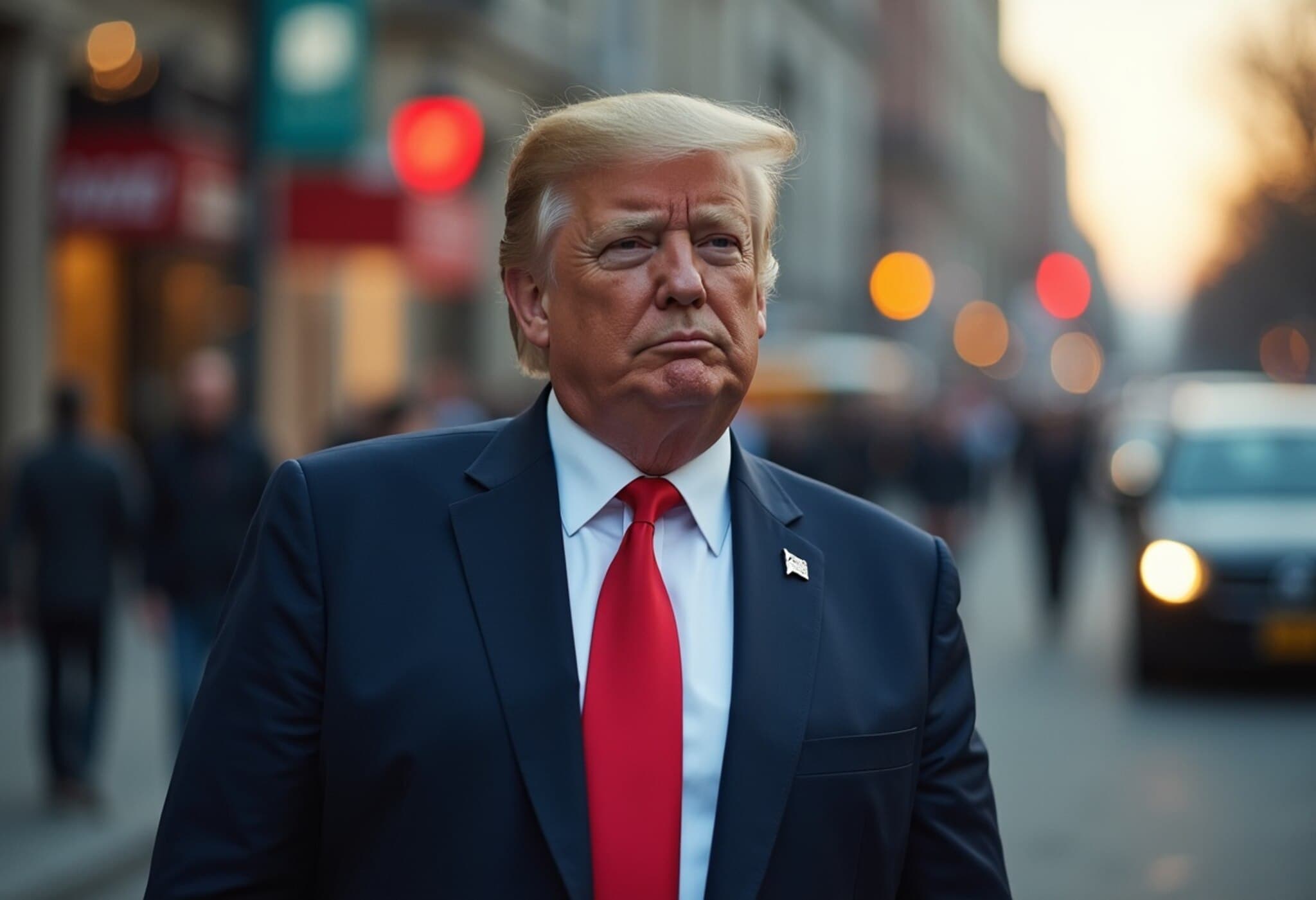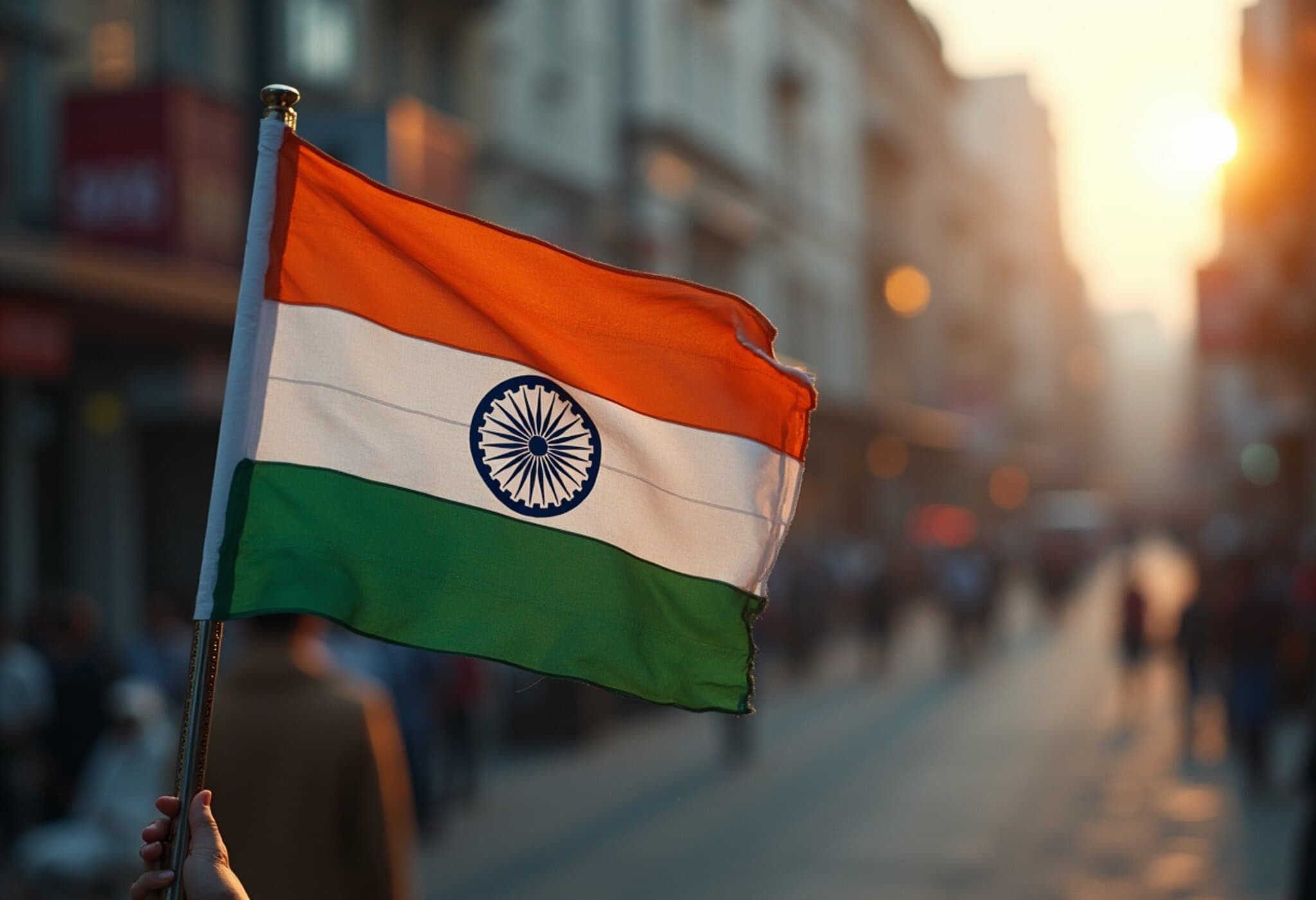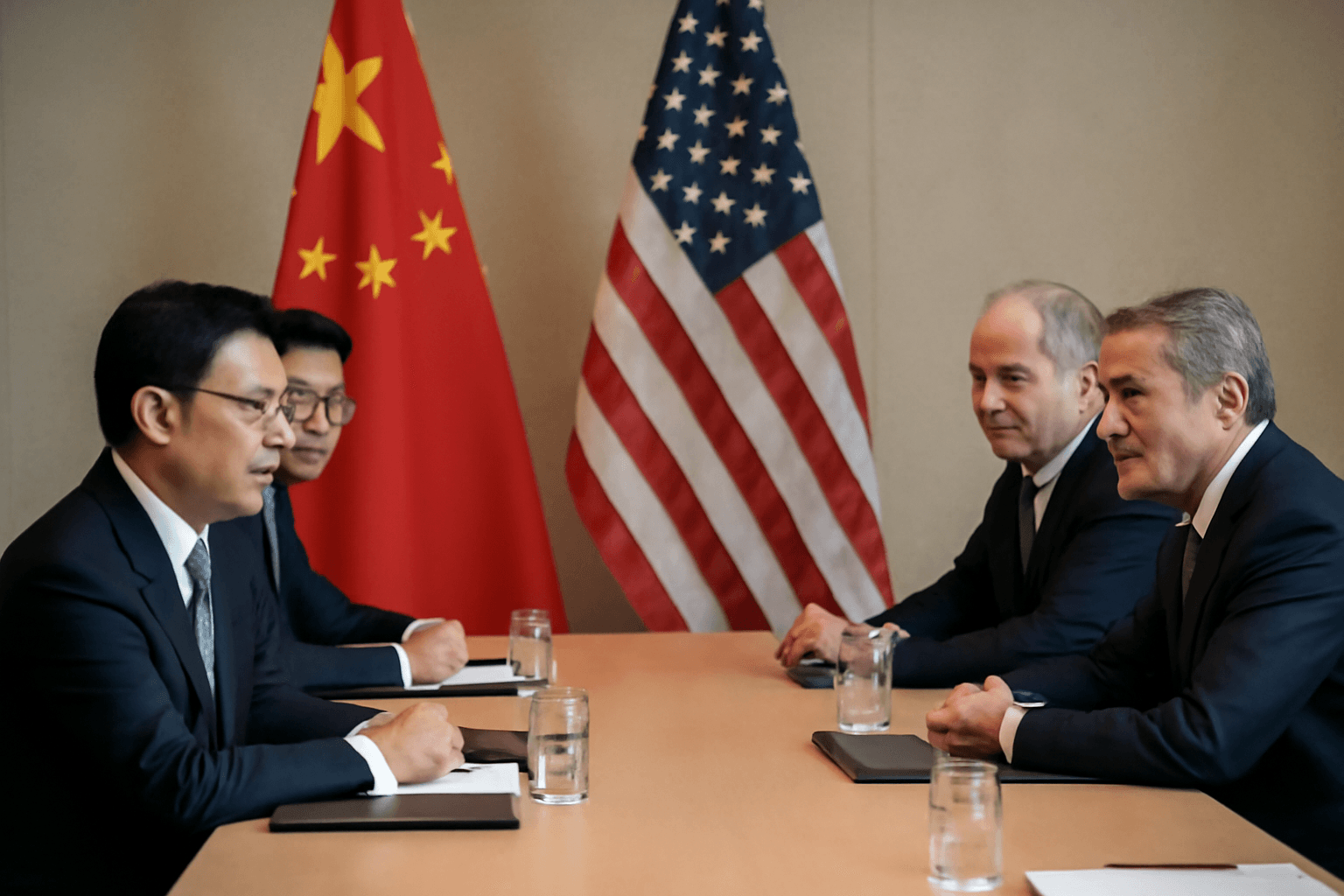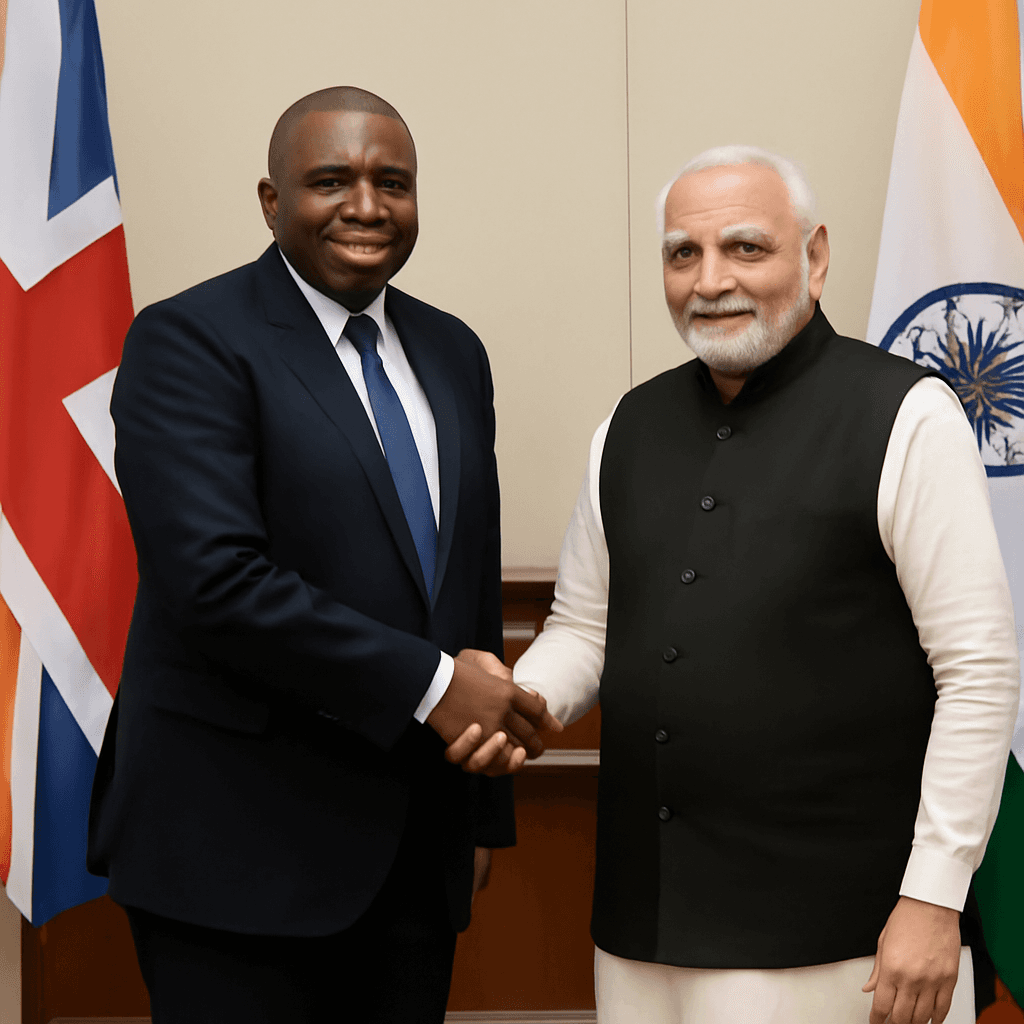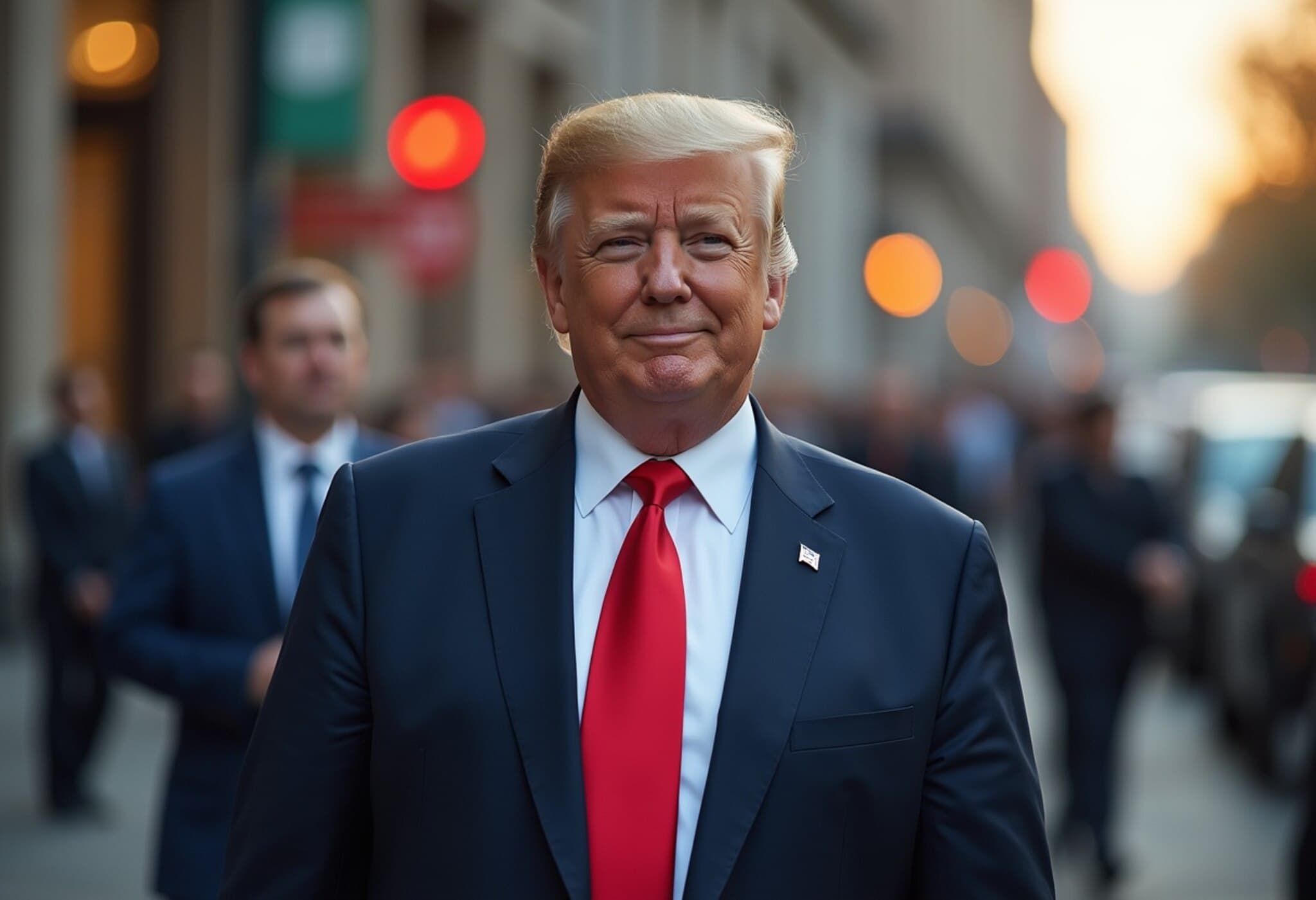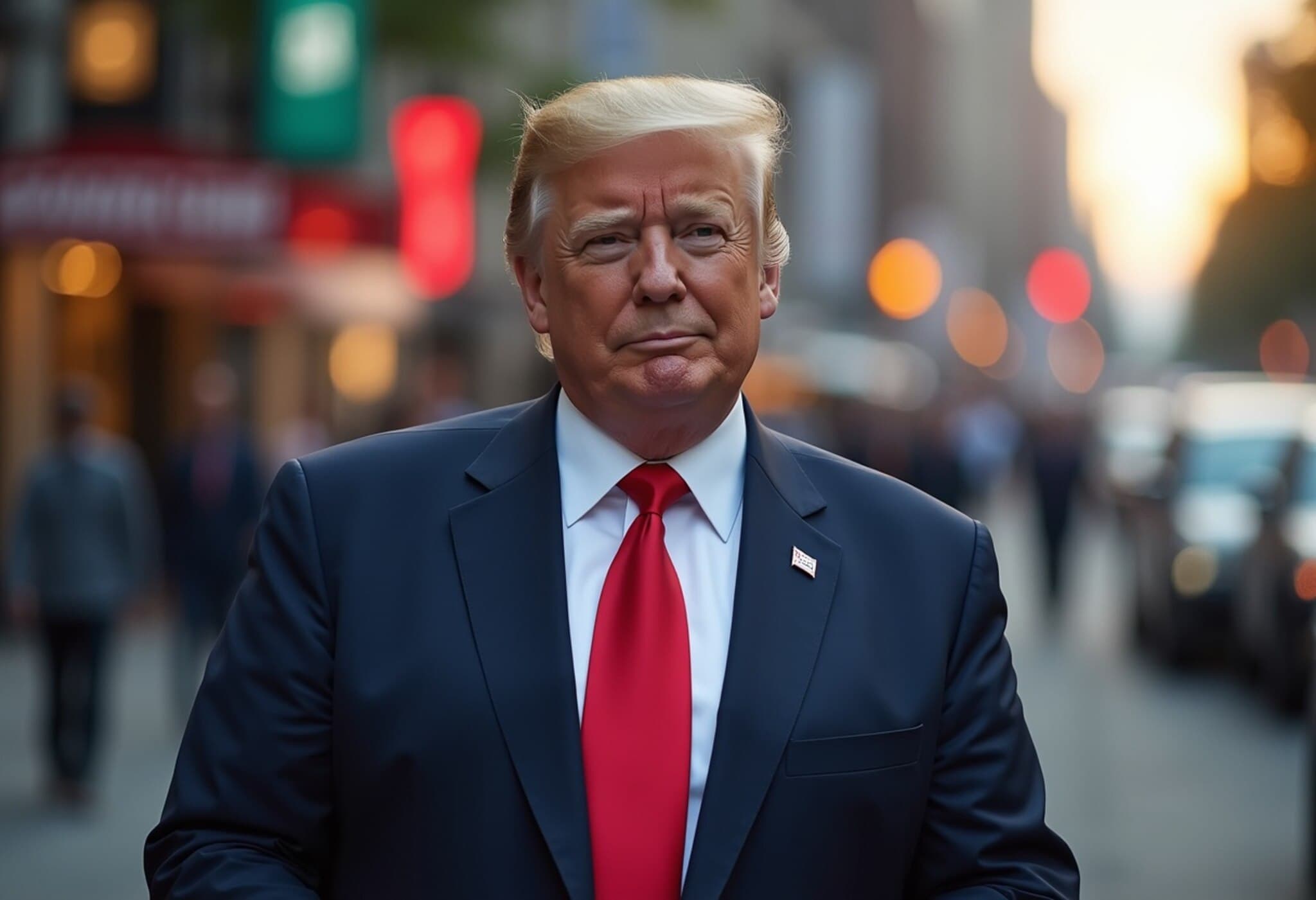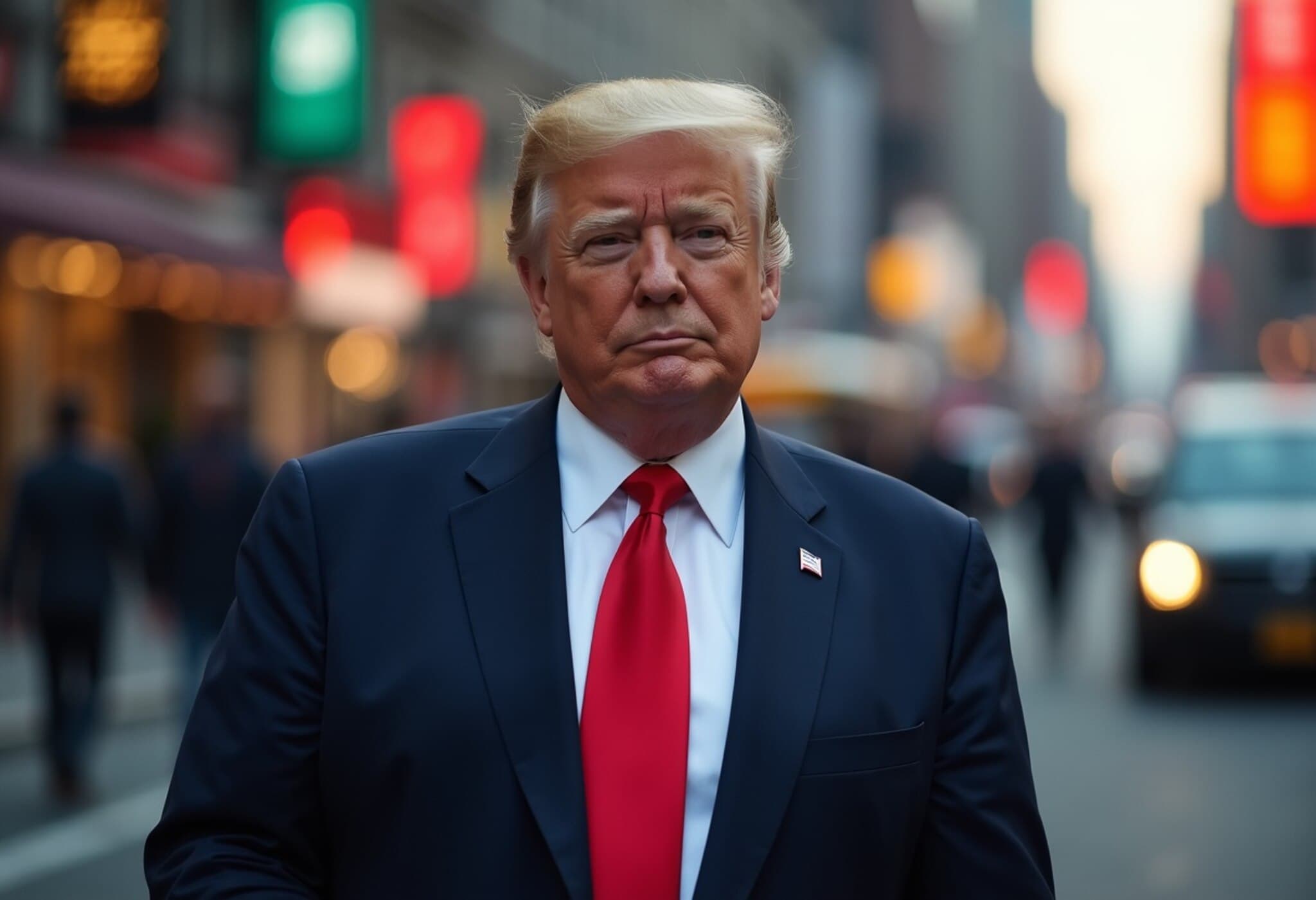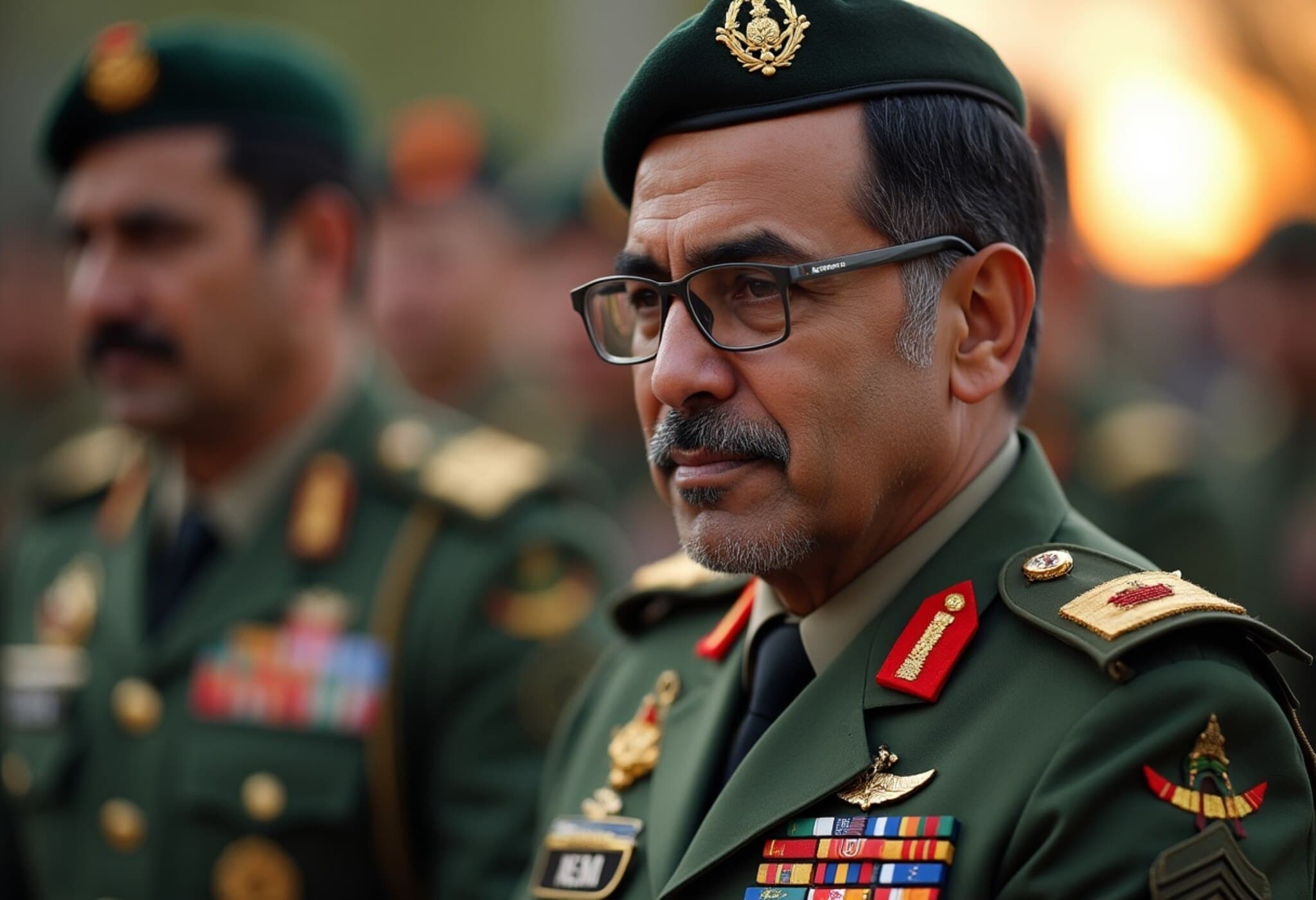Trump’s Latest Tariff Surge Spares Key Indian Export Sectors
On August 6, 2025, the U.S. administration under President Donald Trump escalated tariffs on Indian imports from 25% to a sweeping 50%, marking a significant intensification in trade tensions. Yet, despite this sharp hike, exports worth nearly $30 billion from India continue to cross the Atlantic unhindered by these punitive tariffs. Notably, critical industries such as pharmaceuticals, mobile phones, and energy supplies remain untouched due to explicit exemptions from the imposed duties.
Understanding the Tariff Framework and Exemptions
The tariff hike emerges as a strategic response by Washington to India’s ongoing procurement of Russian energy and military equipment—a concern that has strained U.S.-India trade relations amidst broader geopolitical rivalries. However, the carve-outs in the tariff order suggest a nuanced U.S. approach focused on minimizing disruptions to essential goods and sectors pivotal to both economies’ welfare.
- Pharmaceuticals: India’s pharmaceutical exports to the U.S. reached an impressive $10.5 billion in fiscal year 2025, underscoring India’s role as a global medicine hub and a vital supplier of affordable drugs.
- Electronics and Smartphones: With exports valued at about $14.6 billion, this segment includes smartphones and semiconductors, sectors that have dramatically expanded India's manufacturing footprint and global tech presence.
- Energy: Petroleum product shipments, worth roughly $4.09 billion, are similarly exempted, reflecting the strategic importance and intertwined nature of energy trade.
Together, these exempted sectors account for over 34% of India’s total $86.5 billion exports to the U.S., highlighting the substantial relief the carve-outs provide for Indian exporters under current conditions.
Economic and Policy Implications: What Lies Ahead?
While these exemptions offer relief, the landscape remains precarious. President Trump has signaled potential tariff hikes of up to 250% on foreign-made pharmaceuticals down the line, a move that, if implemented, could profoundly disrupt global medicine supply chains and increase drug prices in the U.S.
The administration’s executive order clarifies that products covered under current exemptions retain their preferential tariff status for now, granting temporary stability amid rising protectionism. However, the ambiguity around future tariff adjustments injects uncertainty for importers, manufacturers, and policymakers on both sides.
Trade analysts note that the initial 25% tariffs introduced in late July were triggered by stalled negotiations over a limited trade deal between India and the U.S. This latest escalation on August 6 could be seen as a pressure tactic to accelerate a broader Bilateral Trade Agreement (BTA), which both countries aim to finalize by year-end.
Expert Commentary: Balancing Trade Tensions and Strategic Partnerships
Trade expert Dr. Anita Rao remarks, "The exemptions reflect Washington’s recognition of how critical these sectors are—not just economically but strategically. Pharmaceuticals and tech exports underpin public health and innovation in the U.S., making indiscriminate tariffs counterproductive. Yet, the backdrop of geopolitical tensions means these exemptions are fragile and contingent on evolving diplomatic climate."
From an American economic perspective, targeting labor-intensive sectors outside the exemption list may be intended to protect domestic jobs, while leaving high-value, complex supply chains relatively unscathed.
What Indian Exporters and Policymakers Should Watch
- Monitoring Tariff Policy Changes: Businesses should stay alert to any policy signals or executive orders that might rescind or expand exemptions.
- Diversification of Export Markets: To mitigate U.S. tariff risks, exploring alternate markets is increasingly vital.
- Negotiating the Bilateral Trade Agreement: Successful conclusion could provide a durable framework to ease tensions and foster stronger trade ties.
Editor’s Note
This episode underscores the precarious balancing act in India-U.S. trade relations—caught between geopolitical concerns and the imperative of economic partnership. While tariff exemptions offer a temporary reprieve for billions in exports, the risk of sudden policy shifts looms, posing challenges for businesses reliant on stable access to the American market. For policymakers and stakeholders, the key questions remain: How will both nations reconcile strategic interests with economic integration? Can trade diplomacy succeed where tariffs have strained ties? The coming months will be pivotal in shaping this complex economic relationship.

